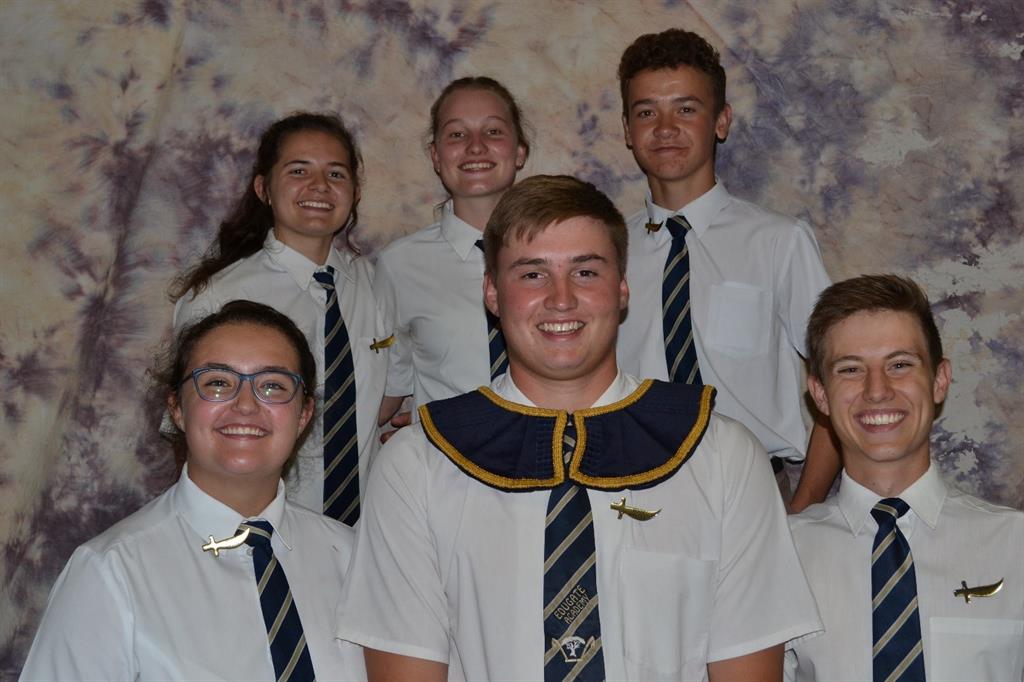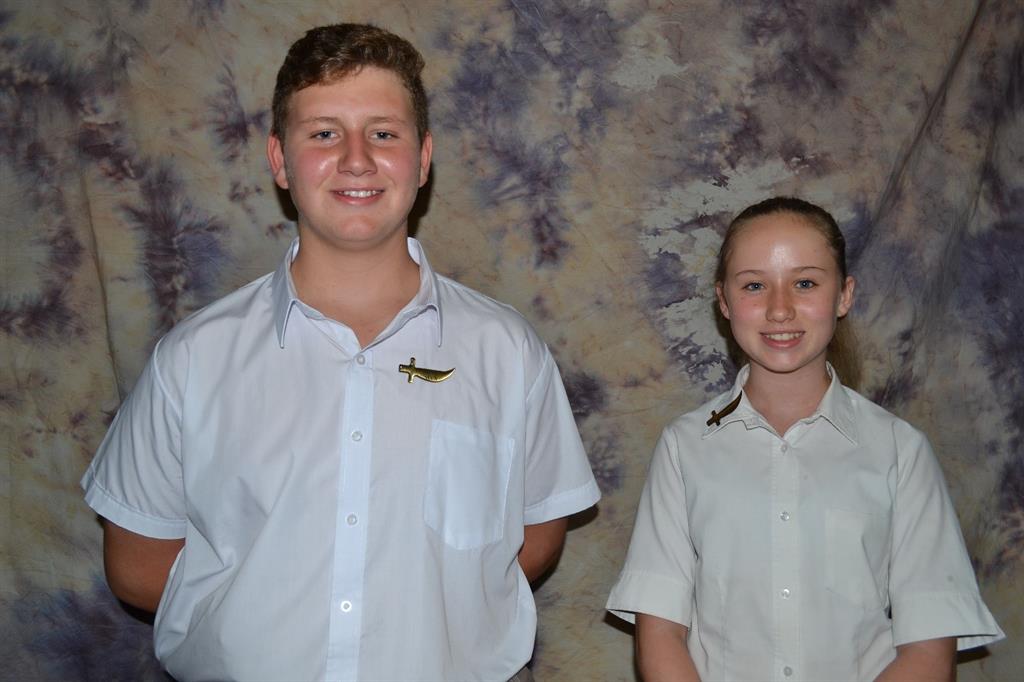Power of youth in conservation
The youth are the next generation. Educating them on the importance of the conservation ecosystem is the best chance of having a long-lasting and successful industry.
Monique AdamsThe International Research and Education Centre is a renowned research facility that sets the standard for researchers and students worldwide seeking to learn more about the cheetah, its ecosystem, an integrated livestock and wildlife farming system.
The Cheetah Conservation Fund (CCF) is located at Otjiwarongo, about three hours north of Windhoek. It is a centre for conservation programming, education and training, the base from which CCF reaches thousands of farmers, tens of thousands of students and hundreds of thousands of online supporters worldwide.
Founded in Namibia in 1990 by Dr Laurie Marker, CCF is dedicated to saving the cheetah in the wild. Marker has been working with cheetahs since the early 1970s in Oregon, and the Smithsonian Institution, Washington DC, USA.
She first came to what is now Namibia in 1977 with Khayam, a cheetah she had raised at Wildlife Safari in Winston, Oregon, USA. In Namibia, Marker conducted groundbreaking research to see if a captive-born cheetah could learn how to hunt. After several years and finding no other international organisation working for the cheetah, in 1990, Marker founded the CCF in the newly formed country of Namibia, with the help of the founding president, Dr Sam Nujoma, with the aim of saving cheetahs in the wild.
In 1992, CCF started the Future Conservationists of Africa (FCA) programme which focuses on educating young Namibian people on ecology, conservation and the value of predators in the ecosystem. The FCA programme provides interactive platforms and experiences for young people to learn about Namibia’s endangered big cat – the cheetah.
This programme teaches young people the value of predators as a part of the ecosystem and how to live in harmony with them. The goals for the programme are to increase young people’s knowledge of wildlife and to create a positive perception of cheetahs and predators in general. Due to Covid-19, this year CCF has not been able to do its normal outreach so they have developed online learning following its cross- curricular teacher’s guide, titled, ‘The Predator’s Role in the Ecosystem’.
CCF is currently visiting schools countrywide to promote its newest project under the FCA programme.
“This project aims at training and mentoring the next generation of conservationists, and it is specifically tailored for learners in grade 10. So far, CCF has promoted this project at 13 schools, in three regions and in six towns, reaching over 2 000 learners both in state and private schools. CCF will use an online platform to deliver training and mentoring to the target group for this project,” says Annetjie Siyaya, the research and education manager.
Siyaya says the future of many species lies in the hands of young people. CCF works to equip and prepare young people in the conservation of not only cheetah, but Namibia’s wildlife and the ecosystem that supports them.
“Young people who have been through CCF’s programmes have gone on to contribute to conservation at various organisations, government ministries and some have gone back to work to save the cheetah from extinction. When you have inspired a young person, you have inspired them for life and that inspiration will lead them into doing great things for wildlife and environment. Our team of interns at CCF! Education is a powerful tool in conservation,” she says.
Activities at the CCF’s research and education centre help young people put into perspective what CCF has shared with them during the outreach. The centre allows young people to see first-hand how CCF works to save the cheetah from extinction. It also shows young people that anyone can be a conservationist – teachers, farmers, geneticist, vets, etc.
The youth are very important to the tourism sector. The tourism sector contributes over 10% to Namibia’s GDP and creates over 14% of the employment – mostly young people.
“There is no tourism without conservation or the sustainable use of Namibia’s natural resources and wildlife. It is important that the youth have the knowledge, skills and appropriate training to manage this sector which is tightly linked to conservation,” Siyaya says.
Jonathan Maswahu, the principal of Kuisebmond Secondary School, says the CCF’s programmes help reinforce and supplement some of the content and topics that teachers cover in class.
“This makes the programme relevant to not only the learners, but to the teachers as well, in terms of learning ways in which teachers can incorporate conservation related topics in their lessons.”
Emilia Haupindi, a learner at Otjiwarongo Secondary School, says: “To co-exist with cheetahs and other predators is possible. We as humans just need to do our part.”
I also asked a young Namibian environmental activist, Reinold Mangundu, how important the youth are to the tourism industry.
“Young people are content creators, innovators, collaborators, leaders and caregivers. These qualities can promote new ways of thinking and doing things in the tourism industry. Their set of skills can help the tourism industry rejuvenate and leapfrog from the current dilemma to a more localised tourism industry. A new industry that continues to build social value while also uplifting our environmental principles in the pursuit for profit,” he says.
“Young people can play a great role in communication a it works best with directionality (the position we have as young people in the society). We have access to the people; we provide convincing experiences and we can lure other young people to travel to different spaces at affordable and attractive local packages.
“Many young people don’t travel because they don’t have enough money or they are simply just uninformed and not exposed to the jazz of travelling. Their immediate knee-jerk reaction would always be, prices are too high, and in most cases, travelling is for rich people.
“Think about this: A group of young people travelling to different destinations in Namibia, experiencing the beauty and capturing the moments through status updates, blogging, vlogging and live streams in the midst of fun.”






Comments
My Zone
No comments have been left on this article